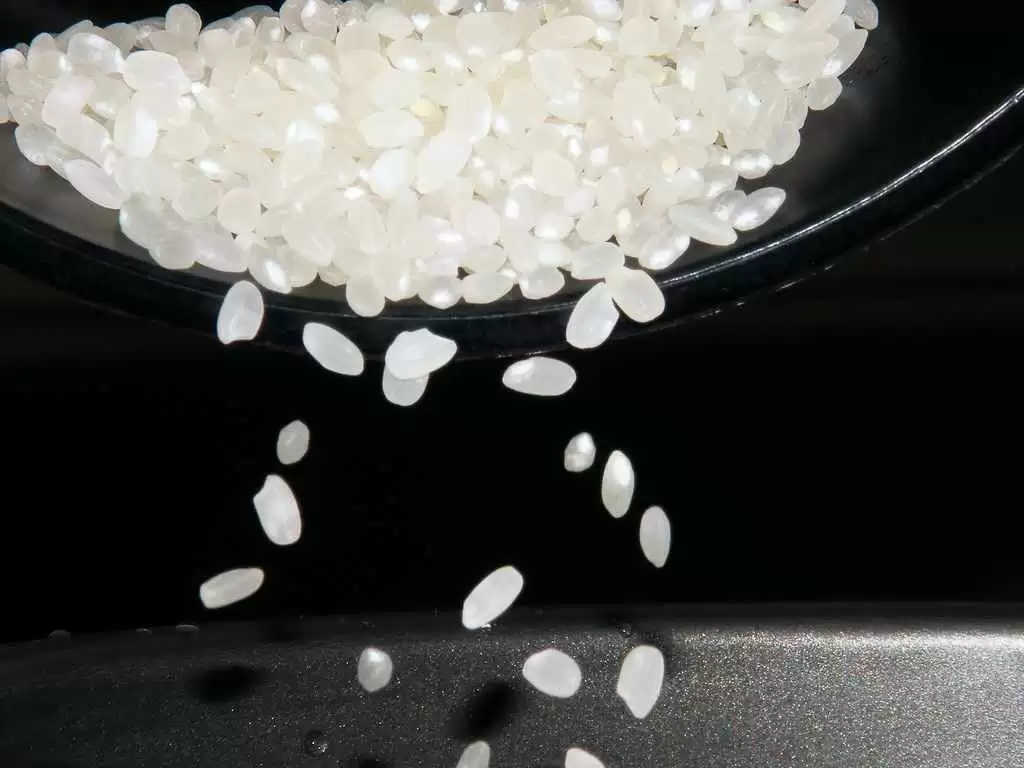
Celiac.com 04/12/2017 - Researchers at Hiroshima University say they have perfected the science behind a new bread-baking recipe. Developed by Japan's National Agriculture and Food Research Organization, NARO, the method uses rice-flour to produce gluten-free bread with a similar consistency and volume to traditional wheat-flour loaves.
Now, rice-flour based gluten-free breads are old hat, but they've long had a reputation for being dry, crumbly, soulless creations that pale in comparison to even the cheapest traditional breads.
Celiac.com Sponsor (A12):
The Japanese rice bread is 100% natural, and offers a consistency and texture similar to wheat breads. Breads made with wheat flour are soft, spongy and chewy in large part because of gluten's ability to form a flexible matrix. This matrix provides stability for the thin dough/bread walls, which are formed between CO2 bubbles produced by fermenting yeast. It also enables bread to "rise" in response to increasing CO2 levels during the baking process.
Since standard rice flour contains no gluten, the researchers needed to develop a new method that would bring these vital bread characteristics to their gluten-free bread. NARO solved the problem by using a specific type of wet milling process to produce their rice flour. The wet-mill process to make flour for gluten-free bread permits the formation of a microstructure of the fermenting batter, and in the resulting loaf, creating tiny bubbles coated in uniform undamaged starch particles in suitably supportive matrix.
The research team found that this process created properties previously unseen in rice-flour; properties arising from the undamaged starch particles created by the milling technique
They dub this supportive matrix "stone walls,” and they apparently form due to the surface activity of the undamaged starch granules. It appears these granules are able to lower the surface tension of water, and reduce the likelihood of collapse in the formed bubble walls. The result is spongier, chewier bread.
Some of the researchers suspect that the stability of the undamaged starch bubble is due to the uniform hydrophobicity of the similar sized granules, and that these cause an interface between damp gaseous air pockets and the liquid batter. Whatever the exact reason, this "stone wall" matrix allows bubbles to grow and expand as interior CO2 levels increase, which leads to superior bread loaves.
This technique has the potential to revolutionize the gluten-free bread industry. Stay tuned to see how the story evolves.
Source:




.webp.219a19afb8f63af4d9feedfb65169647.webp)

Recommended Comments
Create an account or sign in to comment
You need to be a member in order to leave a comment
Create an account
Sign up for a new account in our community. It's easy!
Register a new accountSign in
Already have an account? Sign in here.
Sign In Now